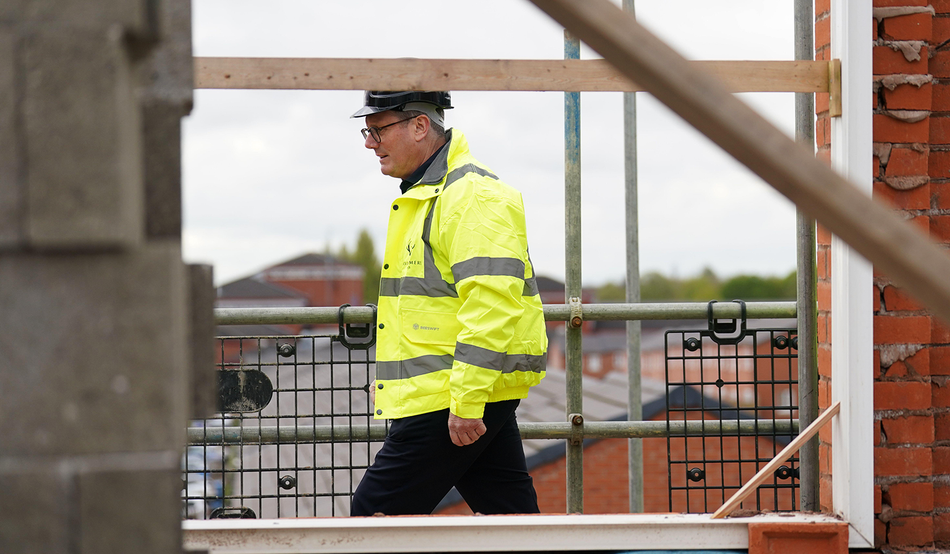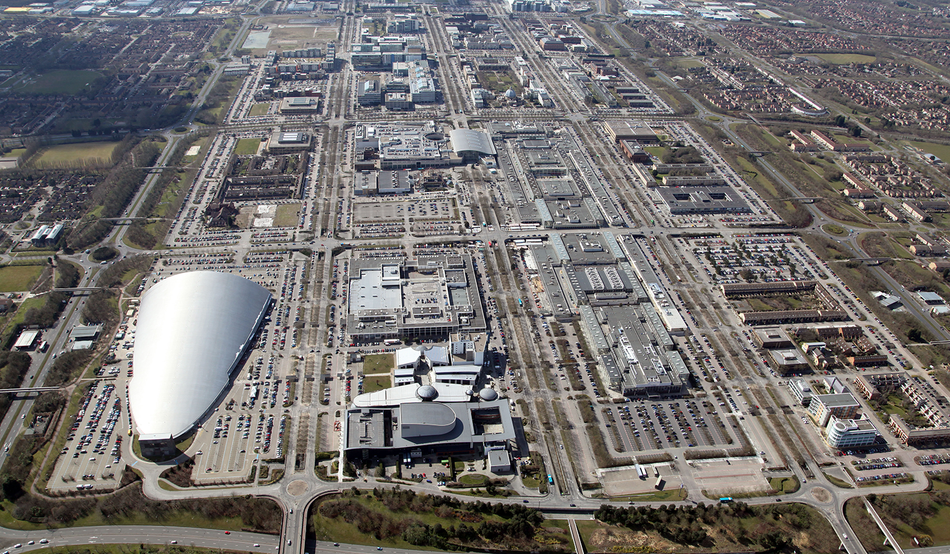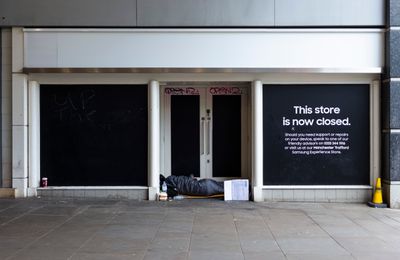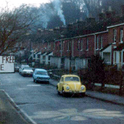The test that Keir Starmer set for himself is restoring “ordinary hope”. It is not a test anyone could pretend is currently being passed in the country he runs. The approach of sky-high winter fuel bills casts a pall of fear, as rents continue to rise and record numbers languish in temporary accommodation. In the Budget next month the Chancellor will yank hard for a second time on “the tax lever” which, on Labour’s path to power, Starmer had rashly vowed not to “reach for.” It would be one thing if there were more faith that this would allow for some sort of national renewal, but most potential voters say they don’t know what the prime minister stands for. Now voters in Caerphilly—a corner of Wales that had looked to Labour for hope for more than 100 years—have turned elsewhere to find it.
The one big policy that Starmer is relying on most to turn things round is his pledge to build 1.5m homes. This ambition has not had a good week. The BBC’s Panorama asked economists, councillors, developers and everyone else involved whether the number was looking doable, and reported a unanimous negative verdict. Then faltering building in London forced a turn to panic measures. In a desperate attempt to break an effective strike by developers they were promised: fast-track approval for projects including just 20 per cent (rather than 35 per cent) affordable homes; looser design requirements, such as about cycle storage and ensuring flats have windows in multiple walls; and, emergency relief from the Community Infrastructure Levy that secures a portion of their gains for the local public realm, to help support the facilities—such as roads, flood defences, parks and schools—which growing settlements will need.
The government is happy to wage war on bats, newts and now swifts who stand in the way of new homes, but when it comes to monied interests, its instinct is for peace and reconciliation. In the internal paper which prepared the ground for the London concessions, which was leaked to the Guardian, Whitehall defined success deferentially: “The key test is that developers welcome the package strongly on the day.” Especially now that Angela Rayner, with her very personal passion for council housing, has been replaced by the business-friendly Steve Reed, with his Trump-style “build, baby build” red cap, there are fears that the whole thrust could shift to deregulation and private provision. This would most obviously be bad news for all those stuck waiting for social homes in emergency digs and insecure private lets, but there could also be a serious knock-on effect for hitting the overall target. In the past, the UK has only ever been able to build at the requisite speed when councils—who don’t face the same commercial temptations as private developers to hold back supply—have done a big chunk of the building.
And yet, even now, “ordinary hope” has not—quite—been snuffed out. Historically, the phrase would have been a natural fit for the 32 designated postwar new towns, which today house 2.8m people in unusually prosperous and economically productive parts of the country. The ball was set rolling by the Attlee government, which prioritised the public interest in homes against the special interests of landlords and private developers. This was in keeping with the spirit of Labour’s 1945 manifesto, which had promised “a full programme of land planning and drastic action to ensure an efficient building industry that will neither burden the community with a crippling financial load nor impose bad conditions.” Development corporations were empowered to assemble land quickly and cheaply, and given the clout and resources to plan and deliver complete mixed communities, with substantial proportions of council homes.
Today’s Labour party seized on this happy precedent before the election, and just last month an expert taskforce identified potential sites for another generation of new towns—from Worcestershire to Greater Manchester. The Ministry of Housing, Communities and Local Government is, insiders tell me, responding to the vision energetically. The Minister of State for Housing and Planning Matthew Pennycook—who has shown an impressive grip in confronting the privileges that freeholders have enjoyed at the cost of leaseholders—is said to have a clear eye on many of the practical obstacles that will need to be overcome.
The nagging doubt, however, is whether this is a government ready to break with both vested interests and with post-Thatcherite thinking in the way that’s needed to bring whole new communities into being. A report published by the House of Lords Built Environment Committee on Saturday underlines just how bold a departure is required.
Of course, planning procedures can become bewildering and sclerotic, and desperately need to be simplified. But planning is not an inherently bad thing: it is the means by which housing policy can settle the inescapably tricky balance between social, economic and environmental objectives. New towns will require not only planning, but planning squared: the Lords committee is emphatic that a development corporation model must be the template.
Perhaps the biggest challenge of all is assembling the necessary land, not least by purchasing it at affordable cost. Compared with the early postwar world, this has got trickier because of legislative changes and the tendency—rightly noted by the taskforce—of “increasing attention by courts to the rights of property owners.” A particular issue is the factoring in of so-called “hope value” into prices paid for compulsory purchases. The “hope” referred to is the landlords’ dream of a substantial windfall when (say) an agricultural field is suddenly earmarked for development by the public authorities. But for ordinary hope of an affordable home, there are few things more lethal than this privatisation of the fruits of a public decision.
To be fair, the government has activated regulations curtailing the award of hope value in some circumstances, and legislated so that it could be restricted in others. But as the Lords committee notes in a register of gentle concern, it is mooting a “targeted approach” that falls short of a more robust general line on compulsory purchase and compensation.
It is an extraordinary historical irony that it should fall to peers of the realm, including one committee member who declares agricultural landholdings, to appeal to a Labour government to stiffen its spine in confronting the landed interest. But that seems to be where we are. And for Britons’ ordinary hopes of more homes, new towns and a government with some sense of purpose, it is important that ministers take the hint.















